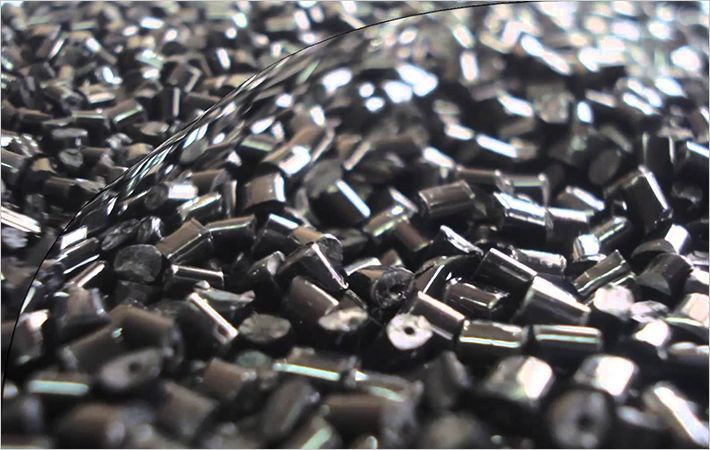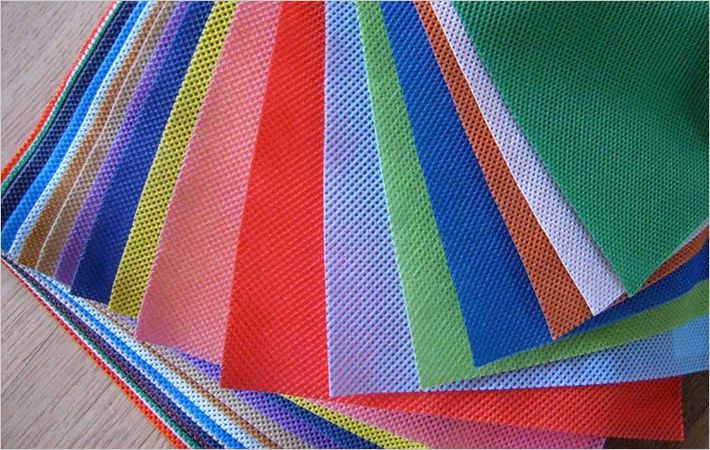Polyurethane dispersions provide adhesive manufacturers with a variety of formulating options. These adhesive raw materials are available with a range of film properties — from hard to soft. The appropriate dispersion used depends on the end-use application.
Dr. Jeffrey Dormish, senior principle scientist, Bayer MaterialScience LLC, will provide an overview of this technology in his presentation "Polyurethane Dispersions for Adhesive Applications" at 10 a.m., Monday, April 22.
Dr. Dormish will explain that overall, PUDs provide a number of performance advantages over other formulations, including:
These desired properties lend themselves to a variety of end uses, such as footwear, sports equipment, credit card, furniture and automotive applications.
According to Dr. Dormish, the addition of waterborne polymers to adhesives provides the additional benefit of being a more environmentally friendly formulation, as no solvents are used.
"The increased use and adoption of waterborne polymers in the adhesives industry represent the continued advancement of polyurethane chemistry," said Dr. Dormish. Adhesives based on waterborne polymers can be used for a wide range of end-use applications, including furniture, automotive, flexible packaging and shoe adhesives.
Depending on the formulation, adhesives are grouped into three technologies — those that require heat activation, others suitable for wet bonding, and still others that exhibit cold tack. Some adhesives, often used in furniture and shoe applications, require heat to activate films that are not tacky at room temperature. Conversely, cold tack adhesives are tacky at room temperature once the water evaporates. This application condition works well for automotive and flexible packaging uses. Finally, porous surfaces, such as textiles, are typically joined using wet-bonding adhesives.
Dr. Dormish's presentation is part of the Polyurethane Short Course, which will take place April 21-22, in Atlanta. This continuing education program features presenters from a number of companies discussing the many aspects of utilizing polyurethane chemistry to formulate adhesives and sealants. It is being held in conjunction with The Adhesive & Sealant Council (ASC) 2013 Spring Convention.
Those not attending the course can find other written materials by Dr. Dormish in his regular column in ASI Magazine.
Bayer MaterialScience LLC

